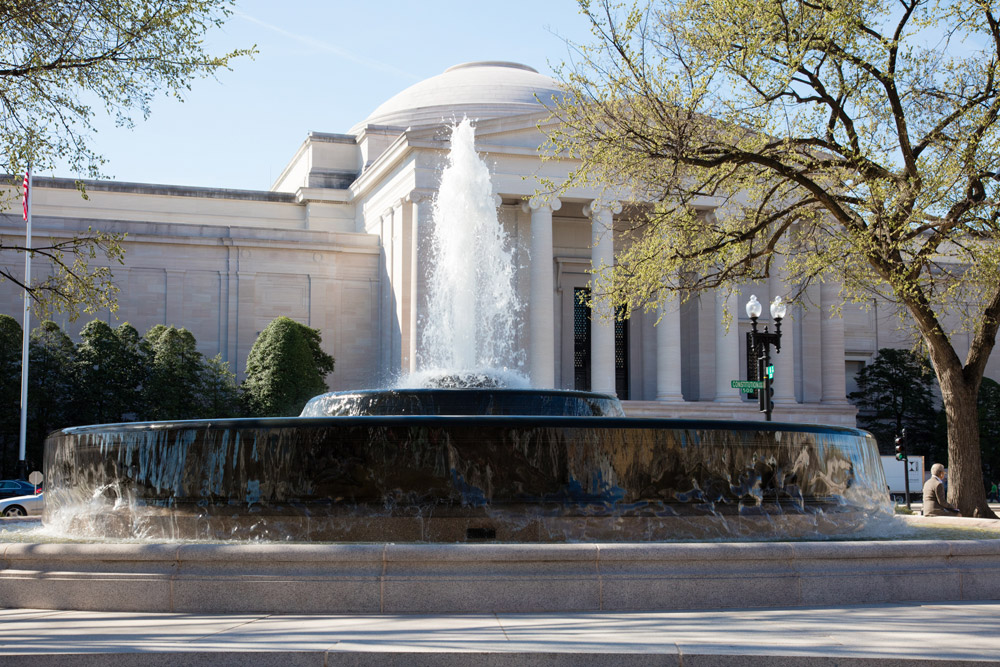Mar 10 2012 - Aug 28 2017
Washington, DC
Two large-scale group portraits from the Dutch Golden Age, on long-term loan from the Rijksmuseum and the Amsterdam Museum, provide an extraordinary opportunity to experience a type of Dutch painting rarely seen outside the Netherlands. In these imposing works, two of Amsterdam's most important portraitists from the mid-17th century, Govert Flinck (1615–1660) and Bartholomeus van der Helst (1613–1670), have immortalized the civic pride of the men who governed the Kloveniersdoelen, the building where one of Amsterdam's three militia companies held its meetings. The two works, both titled Governors of the Kloveniersdoelen, were painted 13 years apart. Flinck (in 1642) and Van der Helst (in 1655) created comparable yet distinct interpretations of the shared sense of duty and personal interactions of two different generations of governors.
Whether you go or not, in Art and Commerce in the Dutch Golden Age you can read about the role art played in the Netherlands in the 17th century. A small country with just two million inhabitants and virtually no natural resources, the Netherlands enjoyed a "Golden Age" of economic success, world power, and tremendous artistic output. During the Golden Age, Dutch society boasted Europe's greatest number of cities and highest literacy rate, unusually large numbers of publicly and privately owned art works, religious tolerance, and a highly structured and wide-ranging social network.
Exhibition Venues & Dates
Mar 10 2012 - Aug 28 2017
Washington, DC

